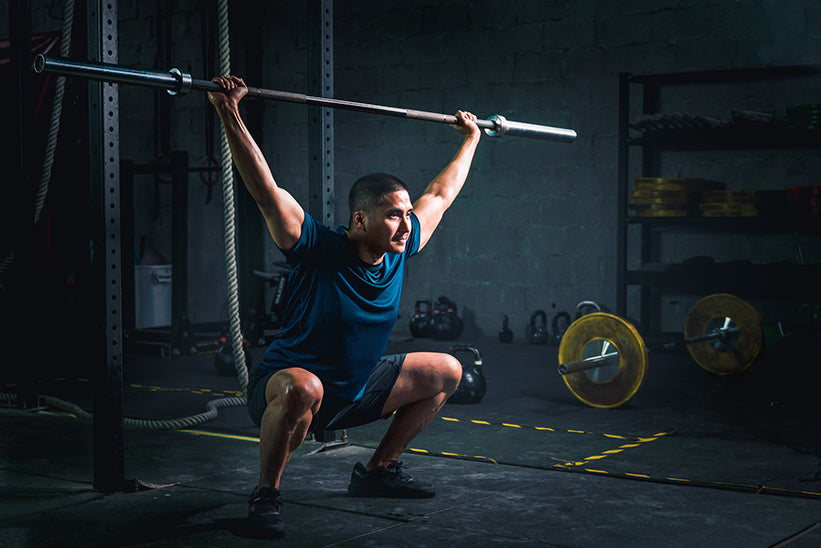Mobility is important for efficient, quality movement
This is certainly true for exercising, but also when you are playing with your kids, working on a garden project, hiking your favorite trail, practicing your sport of choice, or any other myriad activities you may find yourself doing in the course of a day.
When you lack mobility, everyday activities may become difficult and could result in injuries and therefore setbacks. Unfortunately, for most of us, our lifestyle doesn’t lend itself to supporting our mobility needs. The reality is that we sit for the majority of our day, which impacts both the flexibility and mobility aspects of human movement.
The importance of mobility is clear when we consider the following 5 reasons:
#1 Improves Posture and Position
Our joints and body segments need proper mobility to support our posture and body positions during rest and movement.
When you have limited mobility in joints such as your ankle, hip, thoracic spine, or shoulder, your body will steal mobility from surrounding joints, thus alter positioning of body parts, and prevent your body’s ability to align for proper posture, handling loads, and force production. This can create detrimental stress on joints and tissues.
For example, mobility affects posture when the muscles on the front of the hip create excessive tension that pulls your hips and pelvis into a forward tilting position. Your pelvis is connected to your spine, so this can then result in poor position and excessive loads being placed on the low back. Therefore, releasing tension on the front of the hips to improve hip mobility can reduce low back stress.
#2 Provides Injury Protection

There is nothing more frustrating than experiencing a common injury that you know could have been prevented. Especially when that injury sidelines you from something you love to do.
When mobility is not present to support your body’s healthy movement, the body will adjust, alter movement mechanics, and place stress on joints, muscles, and connective tissue.
This can result in damage to the joints and tissues, which may additionally cause pain, a flare up of chronic problems, and possibly even medical attention to resolve. One of the missing pieces of injury protection is having smart mobility strategies that support better posture and movement ability while also safely challenging your fitness.
#3 Addresses Pain Problems

Pain problems in low back
Pain is your body’s way of signaling that something is wrong, such as frustrating low back pain, aggravating ankle pain, or nagging shoulder pain. Working through pain is not worthy of a badge of honor when it relates to your daily activities, exercise routine, and sports practice.
Why? The fact is that pain can alter movements, encourage your body to compensate with altered movement strategies, and therefore lead to activity avoidance. Many rehabilitation professionals acknowledge that we can reduce pain and encourage tissues to heal by targeting healthier movement and including better mobility techniques.
Better mobility can unlock your body’s ability to move better and lead to fewer pain problems for an active lifestyle.
#4 Removes Training Barriers
Exercises are supported by your body’s ability to perform movement patterns that use both mobility and stability. When mobility is limited, it in turn alters your body’s range of motion and sensory feedback.
This can cause your body to move very inefficiently, making it harder to adapt to a new exercise routine and resulting in faster fatigue. Limited shoulder mobility is a common example of a training barrier.
By preparing and releasing tension in the chest muscles and connective tissues that link to the shoulder, you can correspondingly improve shoulder mobility in a short amount of time.
#5 Enhances Positivity

Muscle fatigue and body ability
Mobility limitations can alter our ability to move efficiently and creates a negative feeling, which often results in an adverse response to activities and exercising. How do you feel about exercising, hiking on vacation, or jumping in to play your child’s favorite game?
When it seems hard, triggers anxiety, or feels exhausting, we have a tendency to consciously or subconsciously avoid these potentially positive, healthy, and life-affirming opportunities to be active.
Mobility releases and strategies can make movement more efficient and therefore make it feel easier to exercise and say yes to physical activity. This supports the behavioral and physical benefits to better lifestyle choices.


